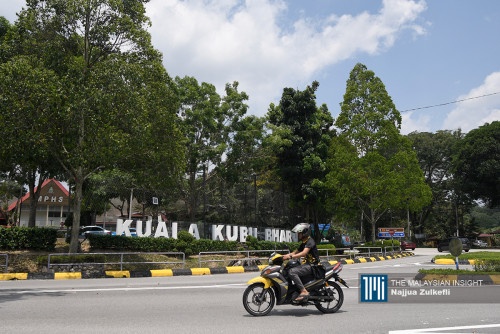AS we celebrate International Orangutan Day, it is important to acknowledge that when it comes to protecting the iconic Bornean orangutans, Sabah has much to be proud of.
Despite a global decline in orangutan numbers where nearly 150,000 Bornean orangutans were deemed lost over a 16-year period between 1999 and 2015, Sabah has managed to safeguard its population and kept its orangutan numbers stable.
Currently, Sabah is home to the biggest population of Bornean orangutans in Malaysia with a small population found in neighbouring Sarawak.
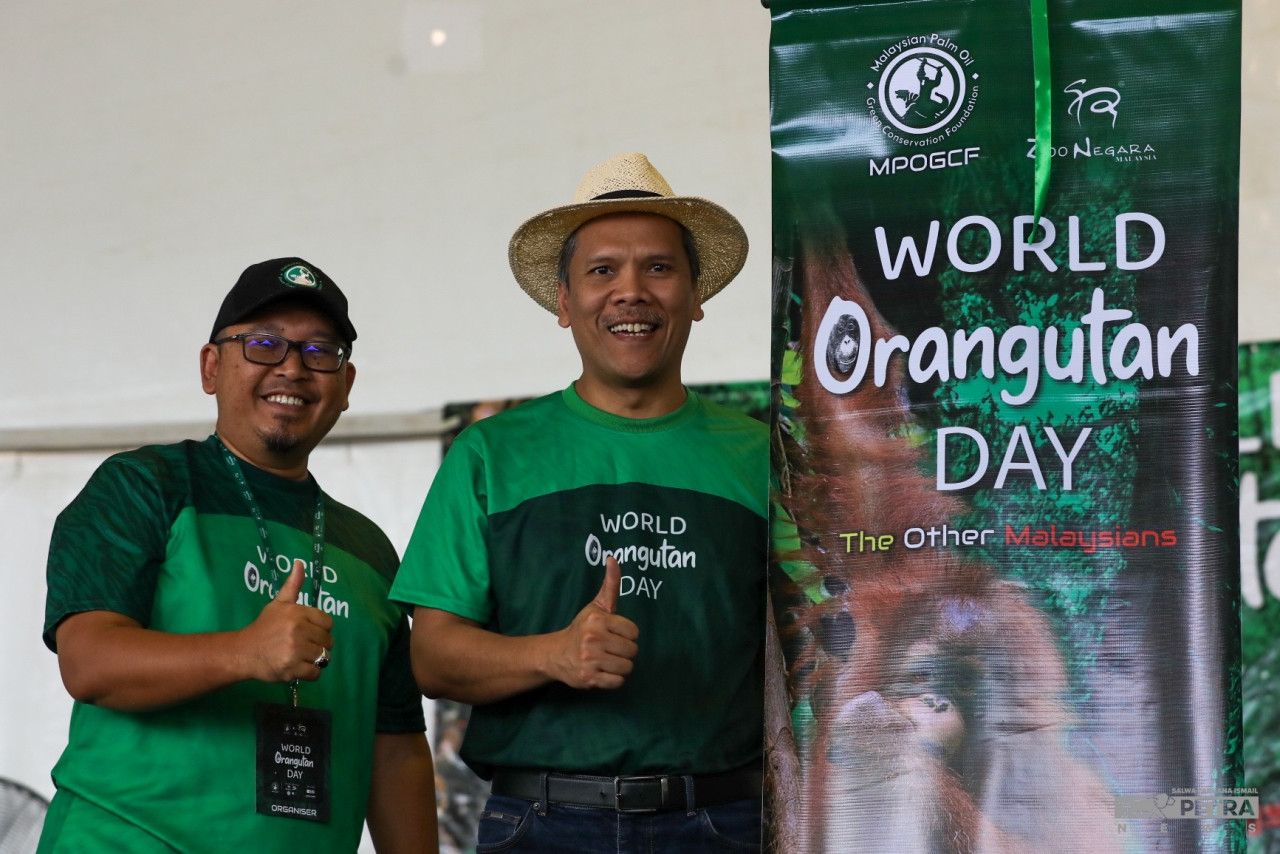
In a 2019 WWF study on the orangutan population, we found that orangutan numbers in Sabah have hovered at 11,000 individuals – an estimate that matches the population estimate of a state-wide survey conducted 15 years earlier.
This demonstrates that the orangutan population in Sabah is stable and this stability is only made possible through sound forest management practices and a heightened awareness of orangutan conservation.
“It is very rare that we hear of orangutans being hunted and traded in Sabah. This is a testament to our collective awareness of the importance of protecting orangutans here.
"In turn, our awareness has significantly contributed to keeping our orangutan population safe,” said Donna Simon, Orangutan conservation manager for the Sabah Landscapes Programme in WWF-Malaysia.
But safeguarding the orangutan population is a long-term journey that is both physically challenging and costly. One crucial part of orangutan conservation work is to monitor orangutans by mapping their distribution and estimating their population.
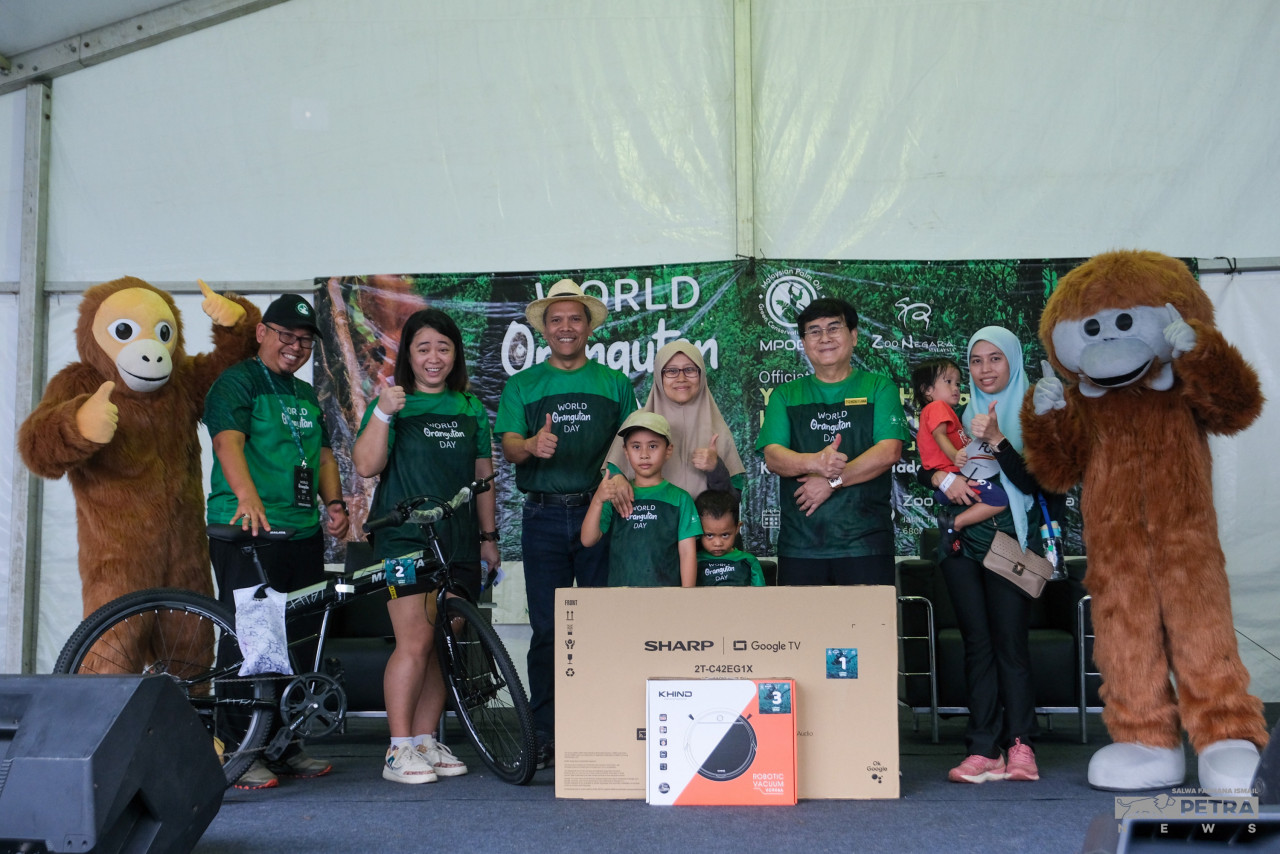
Scientists map and estimate the number of orangutans in an area by counting their nests. As orangutans make nests daily, finding nests in an area is a sure indication of orangutan presence. The current traditional methods that WWF employs to count nests are ground nest surveys and aerial nest surveys via helicopters. The former method is time and labour-intensive while the latter is cost-intensive.
Drones can also be employed to count nests and are thought to help reduce both cost and labour. However, the post-processing work for drone images can take a long time. While drones can take photos of nests, it does not have the ability to accurately identify orangutan nests and count them. This work will still need to be done manually by an expert skilled at identifying nests.

For years, orangutan experts have resigned to the fact that these are the only tried and true methods that they can use in their work with orangutans. That is, until artificial intelligence (AI) entered the discussion. If AI technology can take on the images from the drones, and analyse orangutan nests from the drone images, then time, labour and costs implications of nest count work could be reduced significantly, helping scientists to quickly and accurately monitor orangutan populations.
It is towards this goal that WWF-Malaysia recently collaborated with Universiti Malaysia Sabah to develop an AI technology that can automate data collection, conduct analysis and interpret drone images of orangutan nests.
“From aerial images, orangutan nests might look similar to other animal nests such as that of giant squirrel and eagle. Other objects that may look similar are dead trees and clumps of branches.
“On AI, just like our orangutan experts, computers must also carefully learn the features of orangutan nests. AI needs to learn in great detail nest features such as nest structure, materials, and the position of the nest on trees.
"At this early stage, we are developing a machine learning model to recognise first the general features of the nests. After that, it has to learn more intricate details,” explained Amanda Amran, a Computer Science PhD student from Universiti Malaysia Sabah who is currently working on the project.
Amanda’s research marks the first step in exploring the world of AI for orangutan conservation. The ultimate goal of her research is to develop a deep-learning model that will not only automatically detect and classify the nests from aerial images, but will also be able to analyse them.
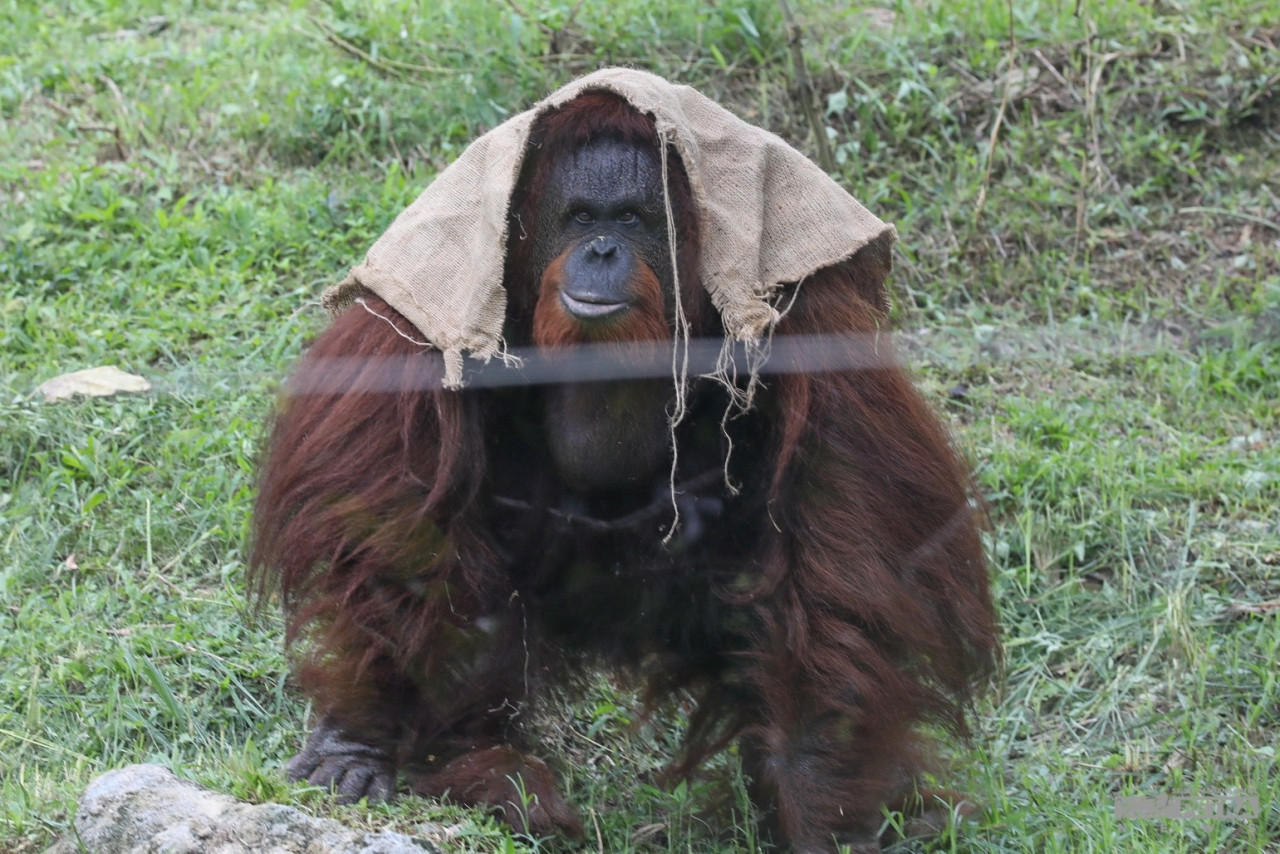
This presents an invaluable opportunity for orangutan conservation as the analysis will help scientists understand the characteristics of the nests including how they’re constructed and how they differ between individuals or populations.
“We can also examine how the nests are used over time, how long they last and how they change with weather patterns.
“By identifying common patterns in nest construction, we can better understand orangutan behaviour and their relationship with their habitat,” she said.
Technological innovations like AI is no doubt a crucial step towards enhancing not only orangutan conservation but also conservation in general. WWF-Malaysia is hopeful that with innovations such as these, conservation work in this part of the world can become an exemplary model for the rest of the world to follow.
“We are looking at a future where technology is becoming all-encompassing and enhances almost every aspect of our lives. So why not our conservation work too?,” said Donna.
Learn more about the orangutan conservation work at the Sabah Landscapes Programme on the website and donate to the cause. – The Vibes, August 20, 2023
WWF-Malaysia was established in 1972 and is part of WWF, the international conservation organisation. Working to sustain the natural world for the benefit of people and wildlife, WWF-Malaysia’s efforts to conserve nature focus on six major themes: forests, oceans, wildlife, food, climate and energy, as well as freshwater.




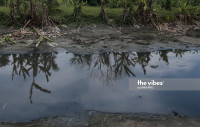

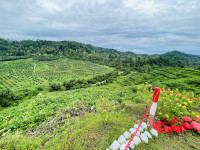
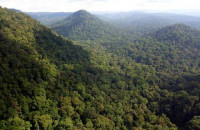





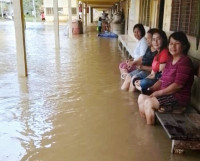




.jpg)

